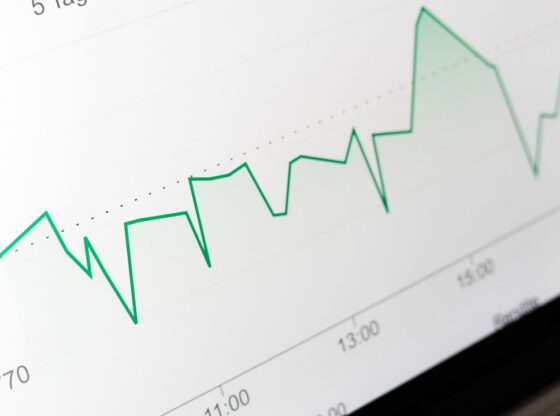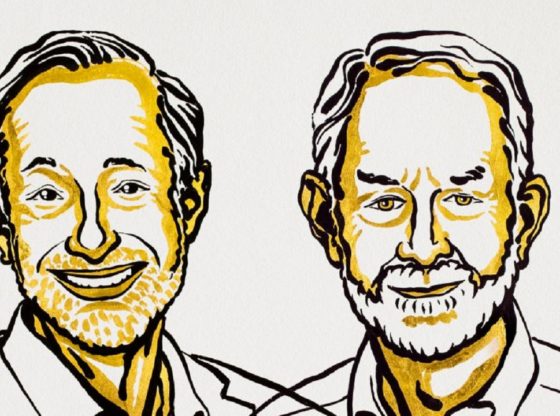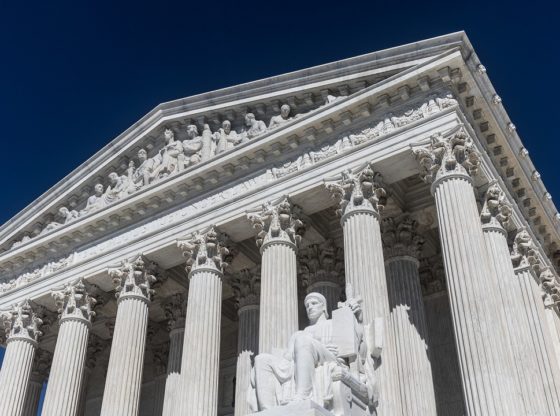The echoes of high inflation and central banks tightening financial conditions linger.
We will explore the historical precedents following such periods, the plausible emergence of deflation, potential responses from central banks and governments, and the delicate dance between monetary and fiscal stimulus that could either mitigate deflationary risks or set the stage for another inflationary spike in the coming years.
Historical Precedents:
Historical data provides a valuable lens through which we can anticipate the potential trajectory of economies emerging from periods of high inflation and subsequent tightening by central banks. The aftermath of such cycles often sees a delicate transition that may lead to deflationary pressures.
Deflationary Risks Post-Tightening:
Central banks, in their pursuit of price stability, occasionally employ measures to tighten financial conditions and control inflation. However, the unintended consequence of such tightening can be a slowdown in economic activity, leading to deflationary pressures as consumers delay spending in anticipation of lower prices.
Global Economic Linkages:
The interconnectedness of the global economy further magnifies the impact of deflationary risks. A slowdown in one major economy can trigger a ripple effect across borders, affecting trade, investment, and overall economic sentiment.
Plausibility of Deflation:
Given the historical patterns and the current economic context, the plausibility of deflation cannot be dismissed. If central banks, in their efforts to curb inflation, implement policies that inadvertently dampen economic activity, the risk of deflationary pressures looms large.
Consumer and Business Behavior:
The response of consumers and businesses to tightened financial conditions is pivotal. If businesses cut back on investments and consumers curtail spending due to uncertainty or expectations of lower future prices, it can exacerbate deflationary trends.
Debt Dynamics:
High levels of debt, both at the individual and government levels, can further amplify the impact of deflation. As the real value of debt increases in a deflationary environment, servicing debt becomes more challenging, potentially leading to a negative feedback loop.
Policy Responses to Global Deflationary Recession:
In the face of a potential global deflationary recession, central banks and governments worldwide would likely employ a combination of monetary and fiscal measures to stimulate economic activity and ward off deflation.
Monetary Stimulus:
Central banks may resort to unconventional monetary policies, such as further lowering interest rates, engaging in quantitative easing, and even implementing yield curve control. These measures aim to encourage borrowing, spending, and investment, thereby – in-theoryt – stimulate economic growth.
Fiscal Stimulus:
Governments could play a pivotal role by implementing expansive fiscal policies, including increased public spending, tax cuts, and targeted stimulus programs. Such measures aim to boost demand, support businesses, and counteract the deflationary pressures.
Inflationary Risks from Stimulus:
While these stimulus measures are designed to counteract deflation, the delicate balance lies in preventing an overcorrection that could lead to another inflationary spike in the medium to long term.
Inflationary Pressures from Stimulus:
Historically, aggressive monetary and fiscal stimulus measures have the potential to rekindle inflationary pressures. Increased money supply, coupled with heightened demand resulting from fiscal measures, could create an environment conducive to rising prices.
Supply Chain Dynamics:
The challenges posed by disrupted global supply chains may also contribute to inflationary pressures. If demand outpaces supply due to ongoing logistical challenges, it could further exacerbate inflationary risks.
Conclusion:
As we navigate the complex economic landscape in early 2023, the interplay between historical data, deflationary risks, and policy responses underscores the intricacies of economic management. The possibility of a global deflationary recession necessitates careful calibration of monetary and fiscal measures to strike a balance between stimulating economic activity and preventing an inflationary overshoot.
Central banks and governments face the formidable task of orchestrating a synchronized response to address deflationary risks while being mindful of the potential downstream consequences. The coming years will likely witness a delicate dance between policymakers and economic forces, highlighting the need for adaptability, foresight, and a nuanced understanding of the evolving economic dynamics.






















